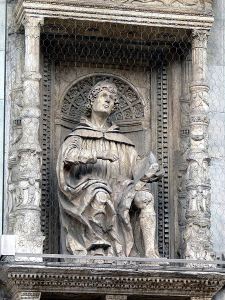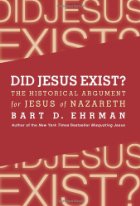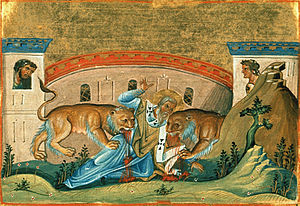*
Earl Doherty’s Response to Bart Ehrman’s Case Against Mythicism – Pt.9
Form Criticism and the Sources of the Gospels
.
COVERED IN THIS POST:
- Form Criticism and Oral Traditions About Jesus
- The Fallacy of Form Criticism
- The Written Evidence of Common Patterns Versus the Oral Hypothesis
- Literary Construction out of Scripture, not Oral Traditions
- Traditions in Thomas and Q — not independent
- The Path to Jesus is Paved with Good Assumptions
- How Ehrman Dates the Sources to the Day After Jesus
- From Contradiction and Confusion to Total Chaos
- The Aramaic Origins of (Some) Oral Traditions
- Aramaic originals?
- An Aramaic Son of Man?
- Conclusion
* * * * *
The Oral Traditions About Jesus
(Did Jesus Exist? pp. 83-93)
.
Form Criticism and Oral Traditions About Jesus
.
In a section entitled “Form Criticism and Oral Traditions About Jesus,” Ehrman encapsulates the traditional scholarly approach to analysing the content of the Gospels, and sets these beside the current views he is espousing. But there are inherent contradictions in his scenario.
The Fallacy of Form Criticism
The “form-critical” approach, or “form criticism,” has sought to understand how the various stories about Jesus took shape as they were being “transmitted orally.” Scholarship has long observed something curious, says Ehrman:
Why is it that so many miracle stories seem to follow the same basic pattern? A person comes up to Jesus, his or her problem (or illness) is described, there is a brief interchange with Jesus, Jesus agrees to heal the person, he does so by a word or by a touch, and all the crowds marvel. Every miracle story seems to have the same elements.
Or take the controversy stories. Jesus or his disciples do something that offends the Jewish leaders; the leaders protest; Jesus has a conversation with them; and the story ends with Jesus delivering a withering one-liner that shows that he gets the better of them. Time after time, same form. (p. 84, emphasis added)
As Ehrman puts it, form criticism has asked: How did the various kinds of stories assume their various forms?
The stories about Jesus came to be shaped in the process of telling and retelling, as they assumed their characteristic forms. This means that the stories were changed, sometimes radically, when they were retold, and thus formed over the years. (p. 84)
Something doesn’t compute here. Ehrman has just told us that all the healing miracle stories, for example, are found in the Gospels in a more or less identical form. But oral transmission over a wide area, within an uncoordinated movement, is not likely to produce conformity. Quite the opposite. Continue reading “9. Earl Doherty’s Response to Bart Ehrman’s Case Against Mythicism: Form Criticism and the Sources of the Gospels”









